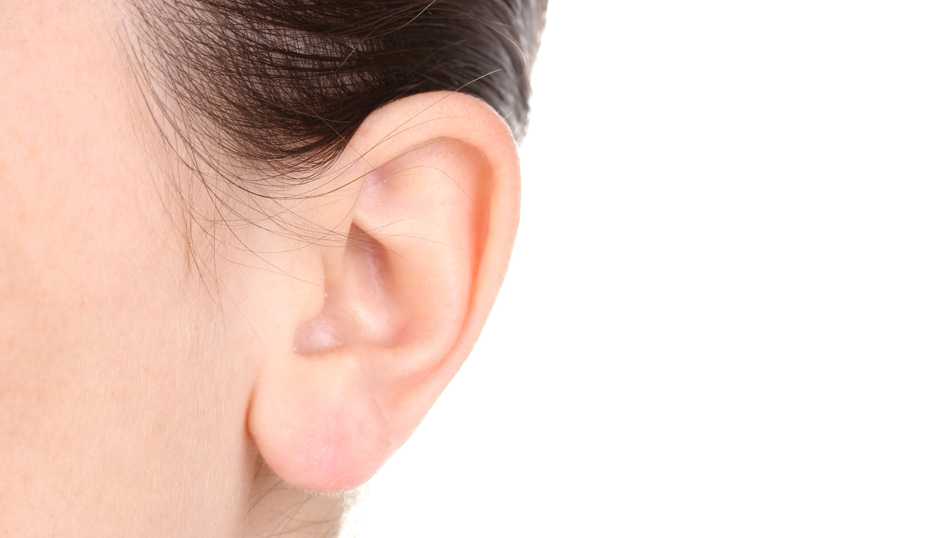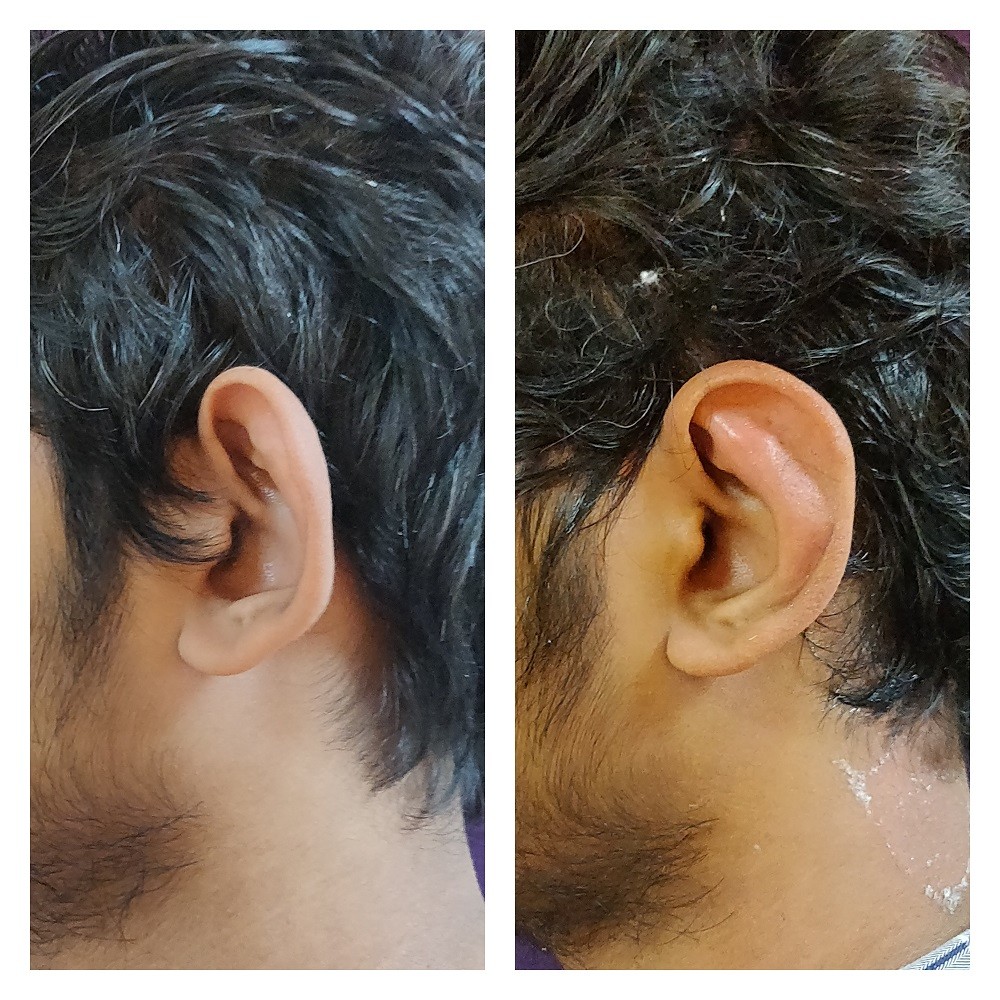
Prominent Ear Correction | Otoplasty
Otoplasty / Prominent (Bat) Ear Correction / Ear ReShaping
Otoplasty: Ear Cosmetic Surgery
Ear Cosmetic Surgery: Otoplasty knew as Prominent ear correction. It is the surgical correction of external auricular deformities. According to the ASPS, Otoplasty or Ear Cosmetic Surgery is one of the significant Cosmetic Surgery performed by Cosmetic Surgeons, with the increase in auricular deformities.
With significant auricular deformities, Children and adults suffer a tremendous social embarrassment and social challenges. Treating auricular deformities shows a vast improvement in the Psychosocial environment.
Reasons to perform Otoplasty
Otoplasty is majorly done to match your ear’s profile to your face. Teasing is frequent in children with large ears, which lower downs their self-esteem. Unwanted ear shape also lead to high social embarrassment. With Otoplasty we can also change the shape of the ear: Ear Correction.
Otoplasty is done for a reconstructive reason also. Many times ear injuries lead to deformed ear, In such cases, ear reconstruction is done to give natural shape and size to ear.
Children and adults who have deformed ear and are born with a deformed ear, Large or unnatural ear are the best candidate for Otoplasty: Ear Reconstruction surgery. Patients going for otoplasty should have a realistic expectation regarding the operation to get maximum satisfaction. In case of ear reconstruction with some trauma or injury, patients can have to go for multiple sessions of Otoplasty to gain good results.
In Otoplasty Cosmetic Surgeons can reshape, resize and sculpt the ear to get best results. Sometimes changing the projection of the ear also helps in getting satisfactory results.
Goals for Otoplasty
1. The primary purpose of performing the otoplasty is to get symmetric and natural auricle.
2. Making sure that no scar is visible post surgery.
3. Maintaining the symmetry of both the Ears.
4. Otoplasty maintains the proper projection of auricle.
5. Otoplasty ensures that the ears surface remains smooth and scarless.
When a Child is born with deformed Ear, When he/she is five years or above you can plan Otoplasty. Otoplasty in children at this age gives excellent results as the ear cartilage is more pliable than in adults. Performing Otoplasty at such age saves the children from social embarrassment.
Ear Reconstruction in Adults is usually done under Local Anesthesia while in adults otoplasty is done using general anesthesia.
Methods of performing Otoplasty
There are many different methods evolved in fulfilling Otoplasty; these two approaches can broadly explain these methods
Cartilage Sparing Method: Cartilage Sparing Method is a minimum invasive technique used by Plastic Surgeon to perform Otoplasty. In Cartilage Sparing Method in no incision is made to the cartilage making it scarless. Using Medical sutures the shape and angle of the ear are changed. We cannot use cartilage sparing method when we require the changing of the dimension of the ear.
Cartilage Cutting Method: Cartilage Cutting method also known as Cartilage Scoring method. It requires scoring, excision, and incision of cartilage. This technique is not scarless but gives long-term stability.
Otoplasty is a wonderful procedure to shape up the ear.
Procedure: The incision is made behind the ear in the concealed area and the scar is invisible. The existing cartilage is molded as per requirement and is fixed with retention sutures. A dressing is needed for about a week.
Duration of Procedure: 1 – 3 hrs.
Anesthesia: Local / General
Recovery Time: Back to work within 5 days
Disclaimer: Results may vary from person to person

Split Ear Lobe Repair (Lobuloplasty)
Wearing long and heavy earrings may lead to wide ear holes or split earlobes. This can be very well corrected with a simple procedure called lobuloplasty. The new ear piercing can be done immediately or after few days.
Duration of Procedure: 30 minutes
Anesthesia: Local
Recovery Time: Immediate. The mark is practically imperceptible.

Ear Piercing
Ear piercing is a painless outdoor procedure.
Duration of Procedure: 5 to 10 minutes
Anesthesia: No / Local
Recovery Time: Immediate
Disclaimer: Results may vary from person to person

